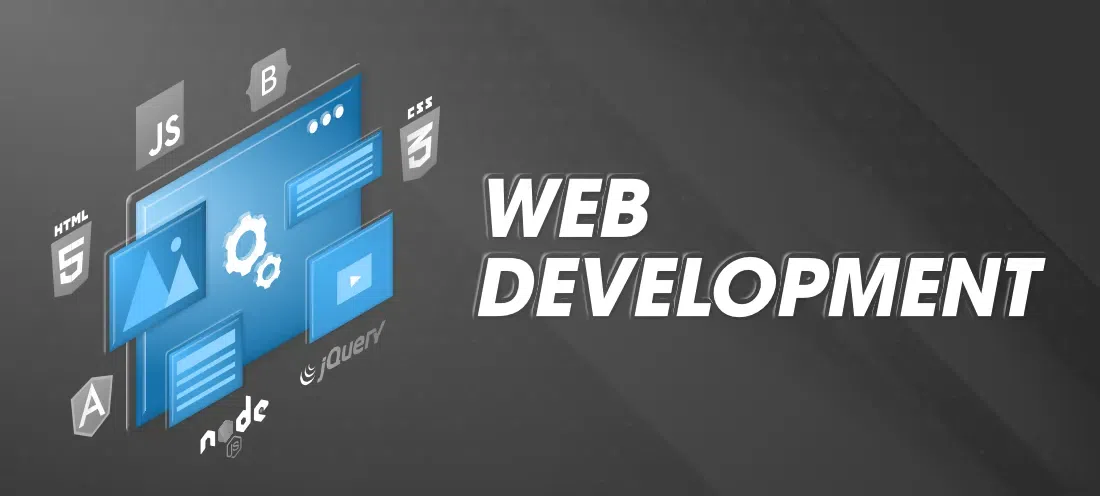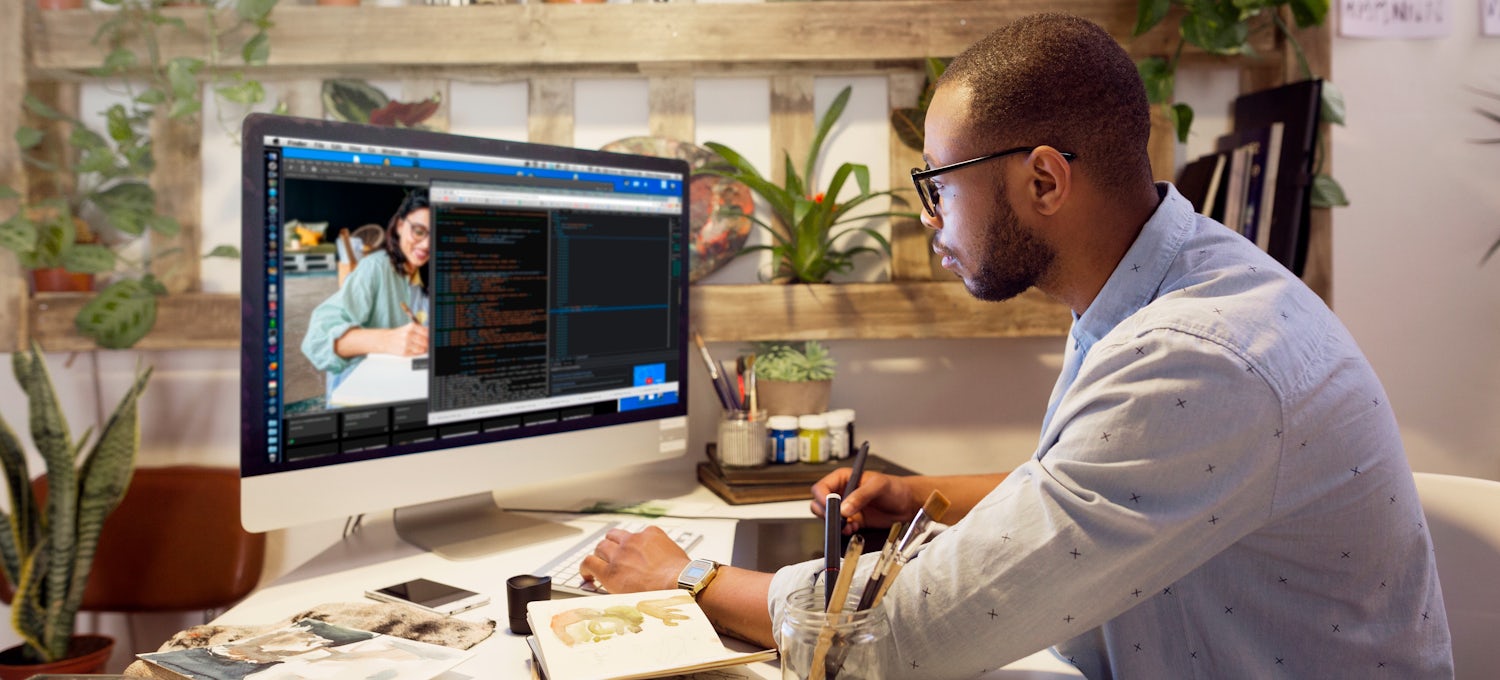Creative Aligned Position Web Design: Cutting-Edge Solutions for Your Website’s Success
The Ideal Types of Website Design to Boost Customer Experience and Involvement
In the ever-evolving landscape of digital communication, the effectiveness of Web design significantly impacts customer experience and engagement. Different layout methods, such as minimal, responsive, and interactive designs, each deal distinct benefits that can satisfy varied user requirements. Recognizing which types of website design ideal serve these goals can be essential for businesses aiming to boost client contentment and retention. However, the concern continues to be: which design elements truly reverberate with customers and foster purposeful engagement? The exploration of these concepts exposes crucial insights that may redefine your technique to website design.
Minimal Website Design
As electronic landscapes end up being progressively chaotic, minimalist Web layout has actually become an effective technique to boosting individual experience. This style viewpoint prioritizes simpleness, concentrating on crucial elements while removing unneeded disturbances. By making use of sufficient white area, straightforward navigation, and a minimal shade combination, minimalist style fosters clarity and routes individual attention to essential content.
The core concept of minimal Web layout is to produce a smooth communication for users. By reducing cognitive lots, individuals can swiftly understand information without feeling overwhelmed. This straight strategy not just improves functionality yet also urges interaction, as visitors are extra likely to check out a website that is visually enticing and easy to browse.
Furthermore, minimalist style frequently emphasizes typography and imagery, making use of these aspects purposefully to communicate messages effectively. This emphasis on necessary components can improve brand name identity and develop a remarkable individual experience. In significance, minimalist website design is not just a fad; it is a thoughtful technique that recognizes the value of user-centered design. By removing peripheral components, designers can develop a more appealing, reliable, and enjoyable Web experience for all customers.
Responsive Web Design
In today's diverse digital atmosphere, receptive website design has actually come to be important for producing a smooth customer experience throughout a plethora of devices. As users access sites on mobile phones, tablets, desktops, and laptops, the capability of a site to adapt its design and content to different screen sizes and resolutions is crucial.
Receptive website design uses adaptable grids, photos, and CSS media inquiries to guarantee that Web content is provided optimally, no matter the tool utilized. This technique not only enhances the aesthetic allure of a web site however likewise substantially enhances usability. Customers are most likely to involve with a website that provides a consistent experience, as it removes the stress of needing to zoom in or scroll excessively.
In addition, internet search engine, consisting of Google, prioritize mobile-friendly internet sites in search positions. By adopting receptive style, businesses can boost their exposure and get to a wider audience. This method also streamlines site upkeep, as a solitary version of the website can satisfy all gadgets, decreasing the demand for several variations. In summary, responsive Web style is a fundamental method that boosts individual experience, interaction, and overall fulfillment.
Interactive Website Design
Receptive website design lays the foundation for boosting customer experience, but interactive website design takes this a step even more by involving customers in a more dynamic method - Aligned Position Web Design. By including components such as animations, clickable prototypes, and real-time comments, interactive website design astounds customers, attracting them right into a richer browsing experience
This approach not only promotes interaction however additionally encourages customers to explore content actively rather than passively consuming it. Techniques such as gamification, where users make benefits for completing tasks, can substantially improve the moment invested in a website and enhance general fulfillment. In addition, interactive features can streamline complicated info, making it a lot more absorbable and satisfying.

Incorporating interactive style components can likewise bring about higher conversion prices, as customers are more probable to engage with a website that proactively entails them. Aligned Position Web Design. Eventually, interactive website design transforms user experiences into unforgettable trips, guaranteeing that site visitors return time and once again
Apartment Style
Identified by its minimalistic method, level design highlights simpleness and performance, stripping away unnecessary aspects and focusing on crucial functions. This style philosophy moved here focuses on usability, making sure that individuals can browse user interfaces easily and efficiency. By utilizing a clean visual, level style eliminates the clutter often discovered in a lot more ornate designs, consequently boosting user concentrate on content and functionality.
The hallmark of flat style hinges on its use of strong shades, simple typography, and geometric shapes. These components add to an aesthetically attractive user interface that is both approachable and modern. In addition, level style cultivates a feeling of clearness, enabling users to recognize vital activities and info without diversion.
Additionally, level layout is particularly efficient in responsive Web design, as its simpleness translates well across numerous devices and display sizes. By focusing on essential features, level layout not just meets customer demands but likewise motivates smooth communication, making it a vital part of reliable Web design techniques.
Adaptive Website Design
Flexible website design tailors the customer experience by developing multiple repaired designs tailored to various display sizes and devices. Unlike responsive style, which fluidly changes a solitary design, flexible style utilizes distinctive formats for details breakpoints, ensuring optimal presentation on numerous systems. This technique permits developers to concentrate on the one-of-a-kind features of each gadget, boosting use by supplying specifically what individuals require based on their context.
Among the primary benefits of flexible website design is its capability to enhance load times and efficiency. By offering tailored content and images that fit the customer's tool, web sites can reduce data usage and boost loading rates. This is especially helpful for individuals with slower connections or minimal information plans.

Furthermore, flexible design promotes a more regulated and regular branding experience. Because designers create several layouts, they can guarantee that the visual elements line up with the brand name's identification across different platforms - Aligned Position Web Design. This causes a natural user experience, improving involvement and advertising individual retention
Final Thought
In final thought, the assimilation of minimal, responsive, and interactive Web style concepts considerably improves customer experience and involvement. Minimalist design promotes clearness and emphasis, while responsive layout ensures versatility throughout numerous tools, promoting ease of access. Interactive design captivates users through dynamic aspects, motivating exploration and customization. Jointly, these layout comes close to add to the production of straightforward environments that not just boost satisfaction but also drive greater conversion prices, emphasizing their important relevance in modern website design approaches.

Minimal layout cultivates clarity and focus, while responsive design makes sure flexibility across numerous tools, advertising accessibility. Collectively, these design approaches contribute to the development of easy to use settings that not just boost contentment but also drive greater conversion prices, emphasizing their critical significance in contemporary Web design strategies.